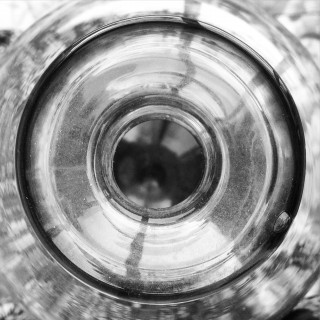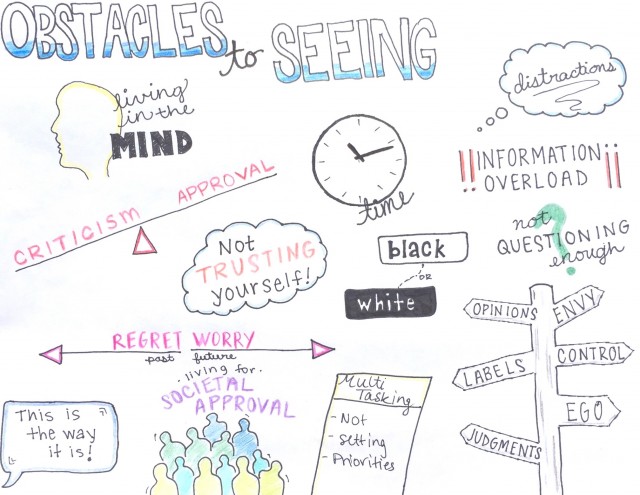
Myopia: near-sighted; short-sighted
Even though we grew up nearby, neither of us have spent much time in this city of half a million people, halfway between Niagara Falls and Toronto.
An industrial city on Lake Ontario, it’s known as the Steel Capital of Canada, and we were mostly exposed to the foul-smelling harbour as we passed on our way to Toronto.
I said to my husband that I couldn’t really think of any positive qualities about Hamilton. What a judgmental thing to say! I had to figure out what I was missing. There must be some positive qualities to this place.
As we continued to the appointment, we passed many buildings for health services. I realized that this is where people go for major surgeries and cancer treatment. My husband was going to see a hand surgeon.
Hamilton is home to McMaster University, which has a highly regarded medical school, and hence, many teaching hospitals. Our experience with the doctor and a senior resident there was truly exceptional.
Well, there was one positive aspect.
When I returned home, I got curious and did some research on Hamilton. With the steel industry in decline, Hamilton is becoming known as an artistic hub and attracting the film industry.
Aesthetically, Hamilton is home to some gorgeous waterfalls, as well as the Royal Botanical Gardens and they are in the process of redesigning their waterfront. It seems that there is more to Hamilton than I thought.
I’d experienced mid-life myopia.
Myopia, also known as near-sightedness and short-sightedness, is a condition of the eye where the light that comes in does not directly focus on the retina but in front of it, causing the image that one sees when looking at a distant object to be out of focus, but in focus when looking at a close object. ~ Wikipedia
I started thinking about myopia after this article was posted by Jeffrey Davis on Facebook.
It reveals the startling increase of myopia – 66% – since the early 1970’s, due mainly to an increase in technology use, both personally and in the workplace, and the fact that we spend more time indoors, not getting enough sunlight or seeing distances.
The researchers suggest spending more time outdoors and taking frequent ten-minute breaks from closeup work as ways to prevent and counteract myopia.
Myopic Perception
A person can become “myopic’ in the metaphorical sense when their ways of thinking become narrow and don’t reflect the bigger picture, hence the expression “they can’t see the forest for the trees.”
This is very prevalent for those of us in mid-life. We think we’ve seen it all. We become jaded, forming opinions based on our own personal experiences, our likes and dislikes. We don’t take into account the evolving nature of things or that other points of view might also be valid.
We never have all of the information.
In my photography workshops, we practice having a more open-focused attention and, in doing so, we discover how much we filter our experience. We learn to see ordinary, familiar subjects in fresh, new ways. One person in our Photo by Design group this week commented on how she was astonished by the veins in leaves.
The first step in seeing less myopically is to notice our opinions, judgments, and filters when they come up and then to question them vigourously. This is what I did in noticing my judgments about the city of Hamilton.
The illustration below (created by my daughter, Kelly) summarizes the many obstacles to seeing that can lead to this mid-life myopia and prevent us from truly seeing what’s there.

We can cure myopia by making it into a game. Notice the judgments that come up and then ask, “How can I see this differently? What am I missing? How might others view it?”
Oh, and the advice from the researchers for myopic vision works well here too. Spend more time outdoors and take frequent mind breaks to take in what’s happening right where you are, in this moment.
I loved this article, Kim, and your daughter, Kelly, has illustrated it so expressively! This made me take a look at the town I live in with new eyes! I could also see my short-sightedness and it’s time I changed my point of view and rattle my ideas around a little! Time to change some labels … and why not remove them altogether?!
Kudos to Kelly for the great illustration! I agree with your thoughts about mid-life myopia — we do tend to get more rigid and opinionated as we age. Thanks for the good reminder!
So true Kim, opening our eyes, really opening them, is something we need to do. Love Kelly’s illustration.